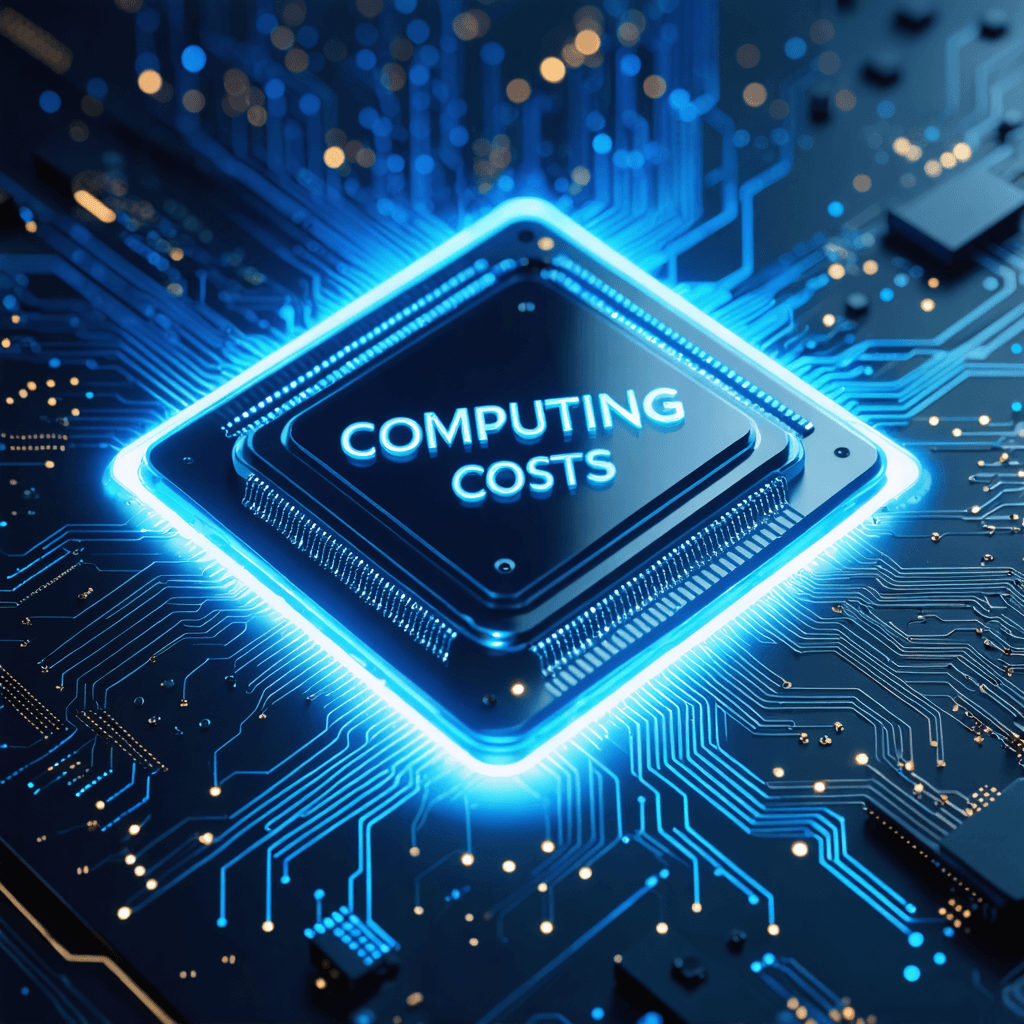Slash Your AI Computing Costs: Master the Art of Energy-Efficient HPC Optimization
In today's rapidly evolving technological landscape, the exponential growth of artificial intelligence (AI) applications has brought a critical challenge to the forefront: the mounting energy costs associated with high-performance computing (HPC). As organizations worldwide embrace AI solutions, understanding and implementing energy-efficient practices has become not just an environmental imperative but a significant financial consideration.
The Growing Energy Challenge in AI Computing
The AI industry's energy consumption has reached unprecedented levels, with data centers worldwide consuming approximately 1-2% of global electricity. Recent studies show that training a single large language model can generate as much carbon dioxide as five cars over their entire lifetimes. This environmental and financial burden necessitates a strategic approach to energy-efficient computing.
Key Strategies for Energy-Efficient HPC Optimization
1. Hardware Selection and Configuration
Choosing the right hardware foundation is crucial for energy-efficient AI operations:
- Modern CPU Architecture: Opt for processors with advanced power management features and higher performance-per-watt ratios
- Efficient GPU Selection: Consider GPUs with dynamic power scaling capabilities
- Memory Optimization: Implement high-bandwidth memory solutions that reduce power consumption while maintaining performance
2. Workload Optimization Techniques
Efficient workload management can significantly reduce energy consumption:
- Batch Processing: Consolidate smaller tasks into larger batch operations
- Load Balancing: Distribute computing tasks evenly across available resources
- Scheduling Optimization: Plan resource-intensive tasks during off-peak hours or when renewable energy is more available
3. Software-Level Efficiency
Optimize your software architecture for energy efficiency:
- Algorithm Optimization: Implement energy-aware algorithms that balance performance and power consumption
- Code Efficiency: Write clean, optimized code that minimizes unnecessary computations
- Framework Selection: Choose AI frameworks with built-in energy optimization features
Advanced Optimization Strategies
Model Compression and Quantization
Reduce model size without significant performance loss:
- Implement model pruning to remove unnecessary parameters
- Use quantization techniques to reduce precision requirements
- Employ knowledge distillation for smaller, efficient models
Infrastructure Management
Optimize your computing infrastructure:
- Cooling Systems: Implement efficient cooling solutions like liquid cooling or free air cooling
- Power Distribution: Use smart PDUs and power management systems
- Resource Monitoring: Deploy real-time monitoring tools to track energy consumption
Best Practices for Implementation
Baseline Assessment
- Measure current energy consumption
- Identify power-hungry processes
- Set realistic optimization goals
Systematic Optimization
- Start with quick wins
- Implement changes incrementally
- Monitor and measure impact
Continuous Improvement
- Regular performance audits
- Stay updated with new optimization techniques
- Incorporate feedback and adjust strategies
Cost-Benefit Analysis
Understanding the financial implications of energy optimization:
- Initial Investment: Hardware upgrades and optimization tools
- Operating Costs: Reduced energy bills and maintenance expenses
- ROI Timeline: Typical payback period of 12-24 months
Future Trends in Energy-Efficient Computing
The landscape of energy-efficient HPC is evolving rapidly:
- Quantum Computing: Potential for drastically reduced energy consumption
- AI-Powered Optimization: Self-optimizing systems that automatically adjust for efficiency
- Green Energy Integration: Direct integration with renewable energy sources
Measuring Success
Key metrics for tracking optimization efforts:
- Power Usage Effectiveness (PUE)
- Performance per Watt
- Carbon Footprint
- Total Cost of Ownership (TCO)
Common Pitfalls to Avoid
- Over-Optimization: Balance performance needs with energy savings
- Neglecting Monitoring: Maintain continuous oversight of optimization efforts
- Ignoring User Experience: Ensure optimization doesn't impact service quality
Case Study: Real-World Success
A leading tech company implemented these optimization strategies and achieved:
- 45% reduction in energy costs
- 30% improvement in computing efficiency
- 50% decrease in carbon footprint
- 18-month ROI achievement
Practical Implementation Steps
Assessment Phase
- Conduct energy audit
- Identify optimization opportunities
- Set clear objectives
Implementation Phase
- Deploy hardware upgrades
- Implement software optimizations
- Train staff on new procedures
Monitoring Phase
- Track performance metrics
- Adjust strategies as needed
- Document best practices
The Path Forward
As AI continues to evolve, energy-efficient HPC optimization will become increasingly crucial. Organizations that master these techniques will gain a significant competitive advantage while contributing to environmental sustainability.
Ready to Transform Your AI Computing Infrastructure?
Take your HPC optimization skills to the next level with 01TEK's comprehensive courses and resources. Our expert-led programs provide hands-on training in the latest energy-efficient computing techniques, helping you maximize performance while minimizing costs.
Explore our advanced courses and start your optimization journey today →
Sources: [1] Data Center Knowledge - Energy Efficiency Trends [2] Green Computing Initiative [3] IEEE Computer Society - HPC Optimization [4] Energy Star Data Center Guidelines
Success is a lousy teacher. It seduces smart people into thinking they can’t lose.
Bill Gates



